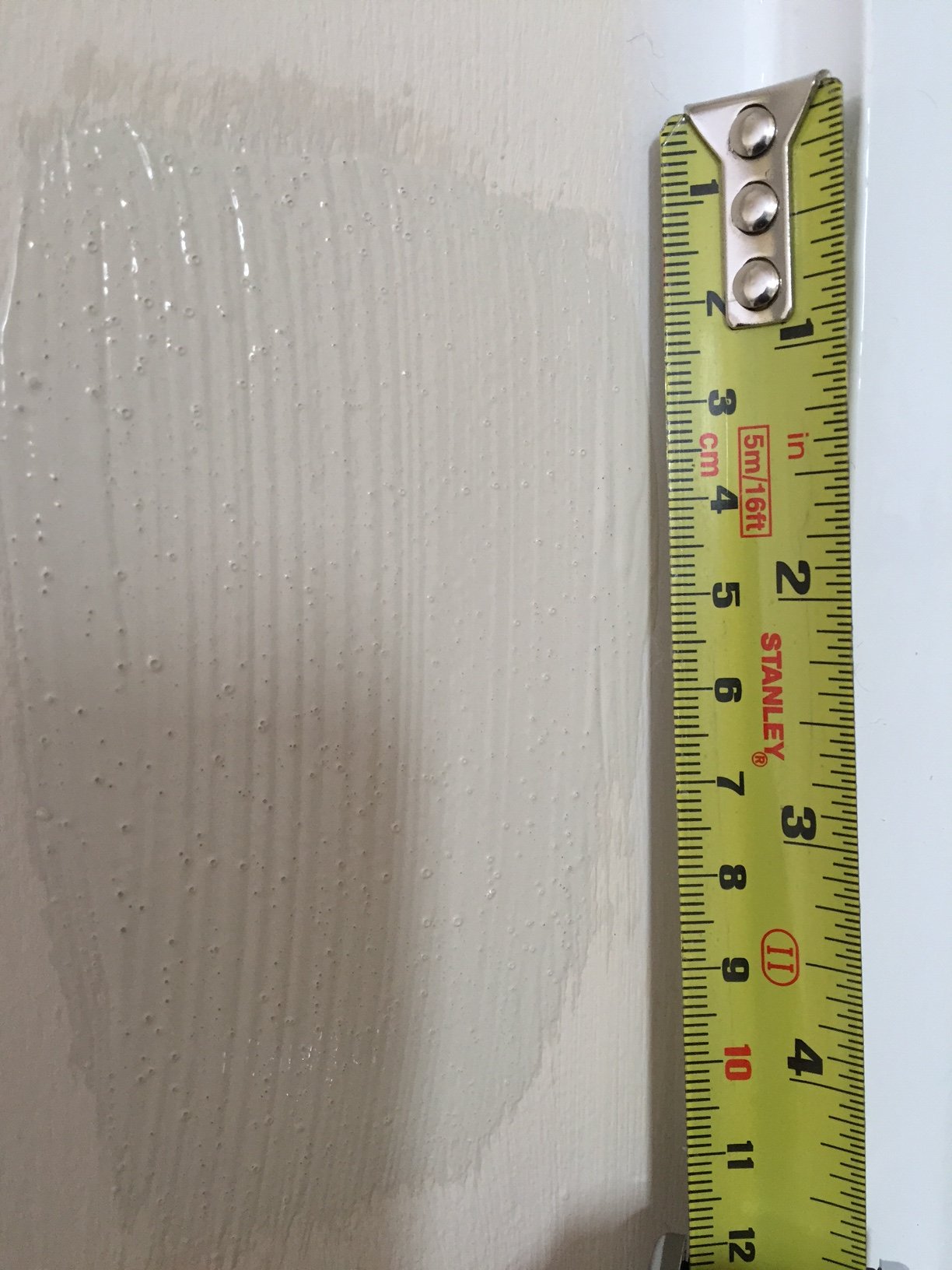Hi all,
My own home has a paint blistering issue. My hallway is a sand/cement platsered wall which was already coated before we moved in. It's a 1950s house. We naturally put our stamp on the place and put a coat of standard dulux water based paint on the wall after rubbing down and thoroughly cleaning prior to starting. To my knowledge the base coat before we moved in was at least one layer of standard emulsion paint.
After the first coat, lots of bubbles/blisters formed which I left to dry. I scraped these off and filled the damage and started another coat. To my dismay, the blistering then starts in other areas.
Due to endless research I've determined this is one of the previous coats being pulled away as the new coats dry? I'll stand corrected if an expert has other ideas. My opinion on this is also reinforced by a previous query on here before. I won't take offence if someone thinks this is incorrect.
My question to all on here is - can I get a "magic" sealer that will cure this problem? I've seen Zinsser stuff and wondered if one of these might help me?
Many thanks in advance.
Carl
My own home has a paint blistering issue. My hallway is a sand/cement platsered wall which was already coated before we moved in. It's a 1950s house. We naturally put our stamp on the place and put a coat of standard dulux water based paint on the wall after rubbing down and thoroughly cleaning prior to starting. To my knowledge the base coat before we moved in was at least one layer of standard emulsion paint.
After the first coat, lots of bubbles/blisters formed which I left to dry. I scraped these off and filled the damage and started another coat. To my dismay, the blistering then starts in other areas.
Due to endless research I've determined this is one of the previous coats being pulled away as the new coats dry? I'll stand corrected if an expert has other ideas. My opinion on this is also reinforced by a previous query on here before. I won't take offence if someone thinks this is incorrect.
My question to all on here is - can I get a "magic" sealer that will cure this problem? I've seen Zinsser stuff and wondered if one of these might help me?
Many thanks in advance.
Carl




